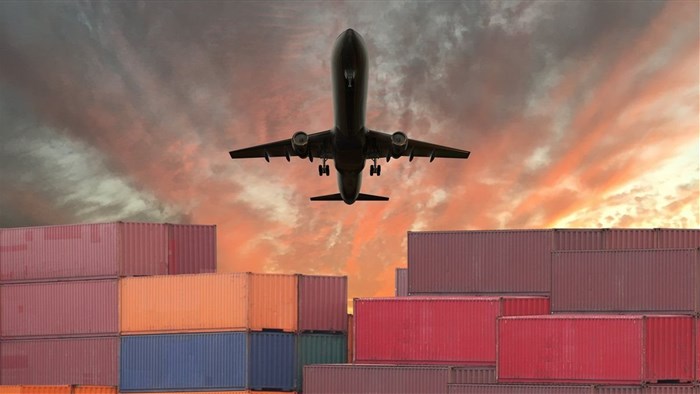One thing is certain, 2020 was a turning point for supply chains. Never before have market forces shifted so dramatically, so quickly. Enterprises and customers around the world have had a tough and challenging year dealing with the rapidly changing market conditions.
According to the aptly named Vox article The Year Shopping Changed, online purchasing increased by approximately 30% during 2020. That's a massive amount of growth compared to the typical e-commerce growth rate of 12-16% per year and is driving changes in how we think about the priorities for logistics processes.
Great expectations
With timeframes from order to delivery now measured in days or hours, customers have become accustomed to the "magic" of a fast turnaround with a sense of engagement as they track the progress of the shipment. However, questions regarding the contents and their condition remain until the package is inspected on arrival. Will I enjoy "perfect delivery" – or to use a key business metric for logistics: Will the shipment arrive "on time, in full" (OTIF)? That is, I received the correct quantity and 100% of it is good to use.
For business-to-business shipments, the potentially negative impacts on product value and downstream processes are enormous, especially when the consignment involves fragile component parts with just-in-time delivery deadlines. For commercial shipments being moved through the supply chain, delay, loss, damage or even potential introduction of fake or counterfeit content, can result in significant costs and damages to the enterprise customers.
Connected logistics
Manufacturers and logistics service providers know what goes on behind the scenes to create the customer delight of a perfect delivery is anything but magic. It’s a tightly connected ecosystem that kicks off once the customer places an order, and it flows through each step of the shipment lifecycle.
Connected logistics uses sensors to monitor the location and condition of shipments across transportation and warehouse systems to ensure that perishables don’t spoil, and delicate items aren’t damaged. The solution gives supply chain managers point-in-time visibility into the location and environmental conditions of cargo to ensure products arrive at their destination on-time, safely, untampered and without damage, the perfect delivery.
Cargo condition monitoring
Typically, shipping managers can track the whereabouts of cargo, such as estimated delivery dates/times and last known location, but they don’t always know the condition of the cargo as it moves through the supply chain.
Many organisations that produce sensitive perishable or fragile items need real-time insights to ensure products arrive in good condition without shock or extreme temperature fluctuations that could damage items.
With cargo condition monitoring, supply chain manager can enjoy visibility into, and notifications about, the condition of the cargo and shipments, whether moving in their own private fleet or with third party transportation carriers, based on their own rules and conditions. Through proactive notifications, customers can take appropriate action when events such as cargo are damaged or dropped at the wrong location.
A complete software solution—the critical difference
Connected logistics solutions are one of the multiple solutions that also includes smart manufacturing, connected assets, workplace safety monitoring, and connected customer service. Each of these uses the data from connected devices and systems to provide insightful visibility so you can optimise your supply chain processes.
The critical difference is that our solution is a full suite of integrated applications. It’s not a platform or a toolkit, which means you won’t need development resources to build the solution.

















































